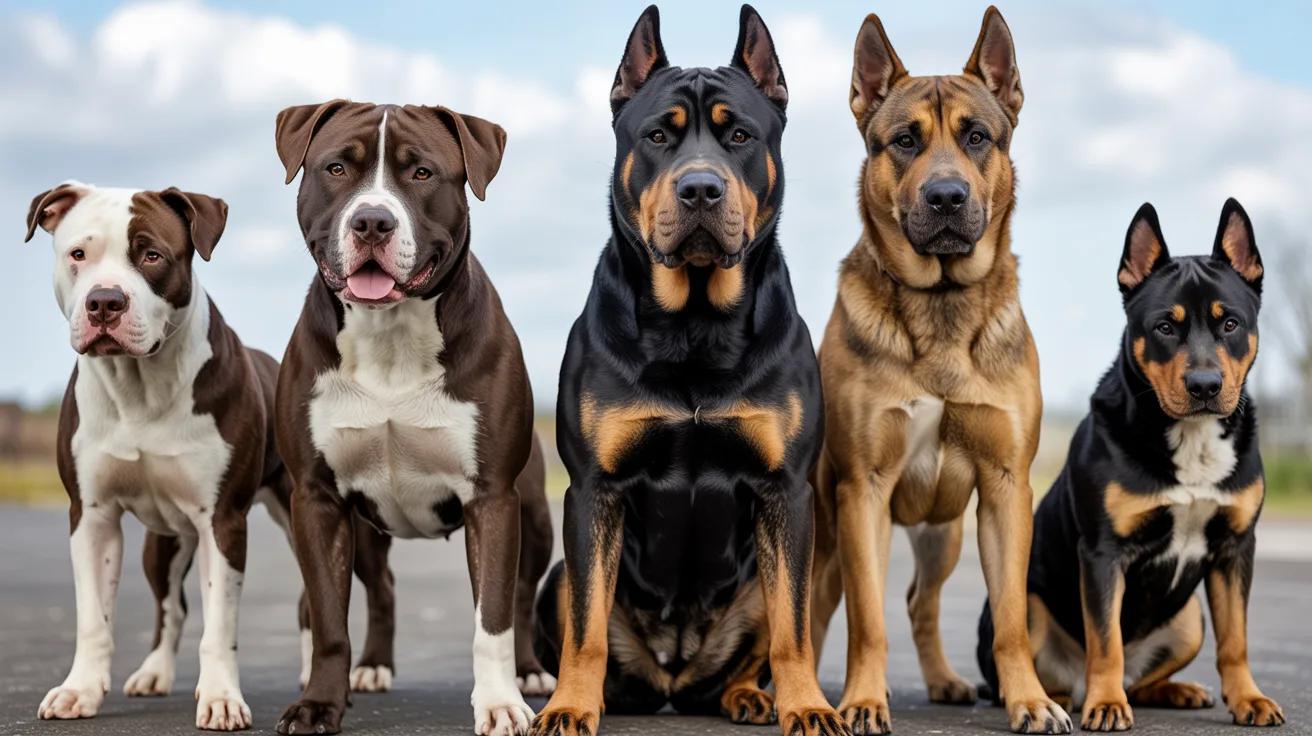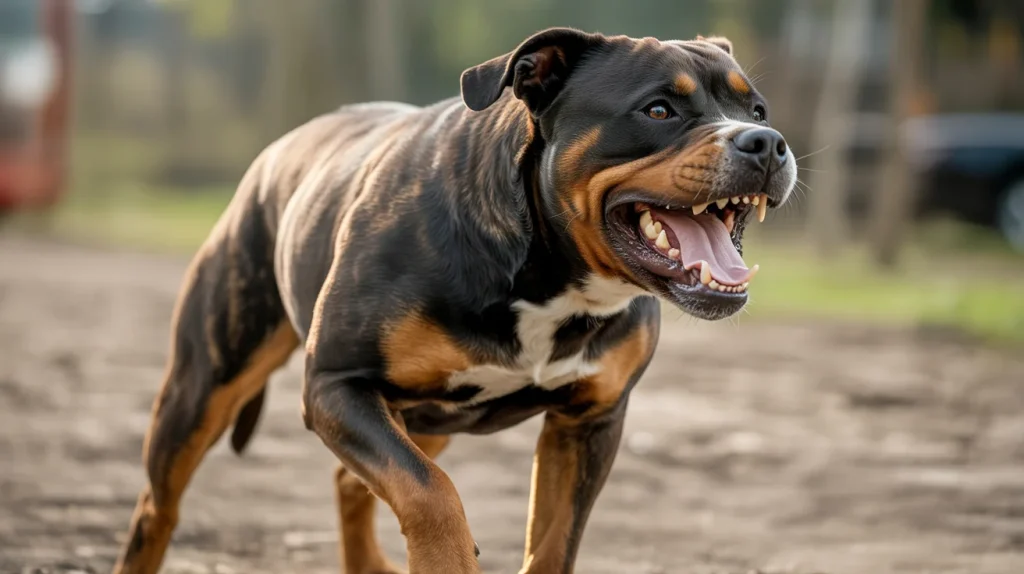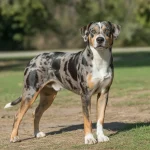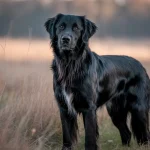
When people hear the phrase “Aggressive Dog Breeds,” they often picture large, intimidating dogs that are hard to control. But the truth is — any dog can become aggressive if not properly trained or socialized. Aggression isn’t always about size or strength; it’s often about upbringing, environment, and how a dog is treated.
As a lifelong dog owner and pet behavior writer, I’ve met everything from a sweet-tempered Rottweiler to a surprisingly territorial Chihuahua. The difference wasn’t in their breed — it was in their training and socialization. In this article, we’ll explore the top 10 most aggressive dog breeds, what makes them potentially dangerous, and how responsible ownership can change everything.

Content
What Makes a Dog Aggressive?
Before labeling a breed as “dangerous,” it’s important to understand why dogs display aggression. Aggression often stems from fear, dominance, territorial instincts, or lack of proper socialization.
Common reasons for aggression include:
- Fear or anxiety due to past trauma
- Lack of exercise or mental stimulation
- Overprotective or territorial behavior
- Pain or health-related irritability
The key is early training and positive reinforcement. In my experience, even dog breeds with strong bite force can become gentle companions if raised in a calm and structured environment.
Aggressive vs. Dangerous: The Key Difference
A dangerous dog isn’t always aggressive, and an aggressive dog isn’t always dangerous. The difference lies in intent and control. For instance, some breeds like the German Shepherd or Doberman were bred to protect — their aggression can be controlled and purposeful, not random.
Aggression becomes dangerous only when it’s unchecked or triggered by fear. That’s why understanding your dog’s temperament and needs is essential before labeling them unfairly.
Top 10 Aggressive Dog Breeds (and Why They’re Misunderstood)

Each of the following breeds has been reported among the most aggressive dog breeds, but it’s important to remember that breed does not determine behavior — training does.
1. American Pit Bull Terrier
Pit Bulls often top the list due to their strength and protective instincts. They were originally bred for bull-baiting, which explains their muscular build and courage. However, with consistent socialization and firm but gentle handling, Pit Bulls can become loyal, affectionate family pets.
2. Rottweiler
Rottweilers are known for their guarding ability and loyalty. Without proper training, their territorial instincts can make them seem aggressive. But I’ve seen Rottweilers become amazing therapy dogs with the right structure and love.
3. German Shepherd
Highly intelligent and trainable, German Shepherds can become aggressive if they lack stimulation or are poorly handled. These dogs thrive with purpose — police work, agility, or protection training keep their minds busy and their behavior balanced.
4. Siberian Husky
Though they don’t usually attack, Huskies can show dominance-related aggression, especially toward other dogs. Their strong prey drive can also lead to aggression toward smaller animals.
5. Chow Chow
Chow Chows are naturally aloof and independent. They tend to bond closely with one person and can become aggressive toward strangers. Early socialization is key to preventing overprotectiveness.
6. Doberman Pinscher
Bred as a guard dog, the Doberman is loyal, alert, and protective. If neglected or mistreated, their protective instinct can become aggression. Consistent obedience training keeps them balanced.
7. Alaskan Malamute
Similar to Huskies, Malamutes are powerful and strong-willed. Their aggression often stems from boredom or lack of leadership. They require firm, confident owners who can provide daily exercise.
8. Akita Inu
Akitas are dignified but can be territorial and aggressive toward unfamiliar dogs. They were originally bred as hunting and guard dogs in Japan, so their assertive behavior is instinctual.
9. Chihuahua
Surprisingly, one of the most aggressive dog breeds per pound is the Chihuahua. Though tiny, they often display fear-based aggression and may snap or bite when threatened. Proper training and gentle handling go a long way.
10. Cane Corso
The Cane Corso is a majestic Italian Mastiff bred for protection. Their aggression surfaces when they lack clear leadership. With consistent socialization, they can be calm and reliable companions.
Read More About: French Bulldog Mix
Real-Life Case Study: From Aggressive to Affectionate — Max’s Story
A few years ago, a client brought in Max, a two-year-old Rottweiler with a history of biting strangers. The family was on the verge of giving him up. After assessing him, it was clear his aggression stemmed from fear and confusion, not malice.
Over three months, we focused on:
- Daily walks to reduce anxiety
- Positive reinforcement for calm behavior
- Controlled socialization with new people
By the end of training, Max had transformed into a calm, confident dog who could walk in a park without reacting to anyone. This case showed me firsthand that no breed is beyond rehabilitation — only owners who are willing to learn make the difference.
Common Myths About Aggressive Dog Breeds
Myth 1: Pit Bulls are naturally dangerous.
Fact: They are not inherently dangerous; they just have strong physical abilities that can cause harm if misused.
Myth 2: Small dogs aren’t aggressive.
Fact: Chihuahuas and Dachshunds often display fear-based aggression but are rarely considered dangerous due to their size.
Myth 3: Aggressive behavior can’t be fixed.
Fact: With consistent training, patience, and understanding of signs of aggression in dogs, behavior can be improved drastically.
Tips for Handling and Preventing Aggression
Even if your dog shows signs of aggression, there’s always a way to manage it effectively.
Here’s what works best:
- Start socialization early — expose your pup to different people, pets, and places.
- Train consistently using reward-based methods.
- Avoid punishment or yelling — it increases fear and defensiveness.
- Provide plenty of exercise and mental challenges.
- Seek professional help if aggression escalates.
If you ever wonder how to train an aggressive dog breed, remember: the goal isn’t dominance — it’s trust and consistency.
Final Thoughts: Aggressive Dog Breeds
Aggression in dogs is a serious issue, but it’s not a death sentence. Aggressive dog breeds are often misunderstood because people focus on reputation instead of reality. With proper care, training, and respect for the dog’s natural instincts, even the most aggressive dog breeds can become gentle and loving companions. As I often tell my readers — it’s not the breed, it’s the behavior we nurture that defines a dog’s character.
If you love learning about unique breeds, check out our detailed guide on the Russian White Cat to discover its personality, care needs, and history.
FAQs
Which dog has the highest aggression?
Studies show the American Pit Bull Terrier and Chihuahua often rank among the most aggressive dog breeds.
What is the most alpha dog breed?
The Doberman Pinscher and Rottweiler are considered the most alpha dog breeds due to their dominance and confidence.
What dog breeds are usually not allowed in apartments?
Pit Bulls, Rottweilers, Dobermans, and German Shepherds are commonly restricted in many apartment communities.
Are any dog breeds naturally aggressive?
No breed is naturally aggressive — behavior depends on training, socialization, and the dog’s environment.

Mark is the birdwatcher extraordinaire. From chirping canaries to majestic macaws, he’s here to help you feather your nest with pet bird knowledge.












